Overtraining – specifically overtraining syndrome – is the combination of a high training workload and inadequate rest that ultimately leads to decrements in performance.
Part of Cycling Advice
In other words, it is training too much and not resting enough. Eventually, you get slower, feel worse, along with many other consequences.
There are many signs and symptoms of overtraining, and some are easier to spot than others.
Before we jump into the details of overtraining, and what exactly it does to your body, let’s take a closer look at the signs of overtraining.
Contents
How To Know If You’re Overtraining
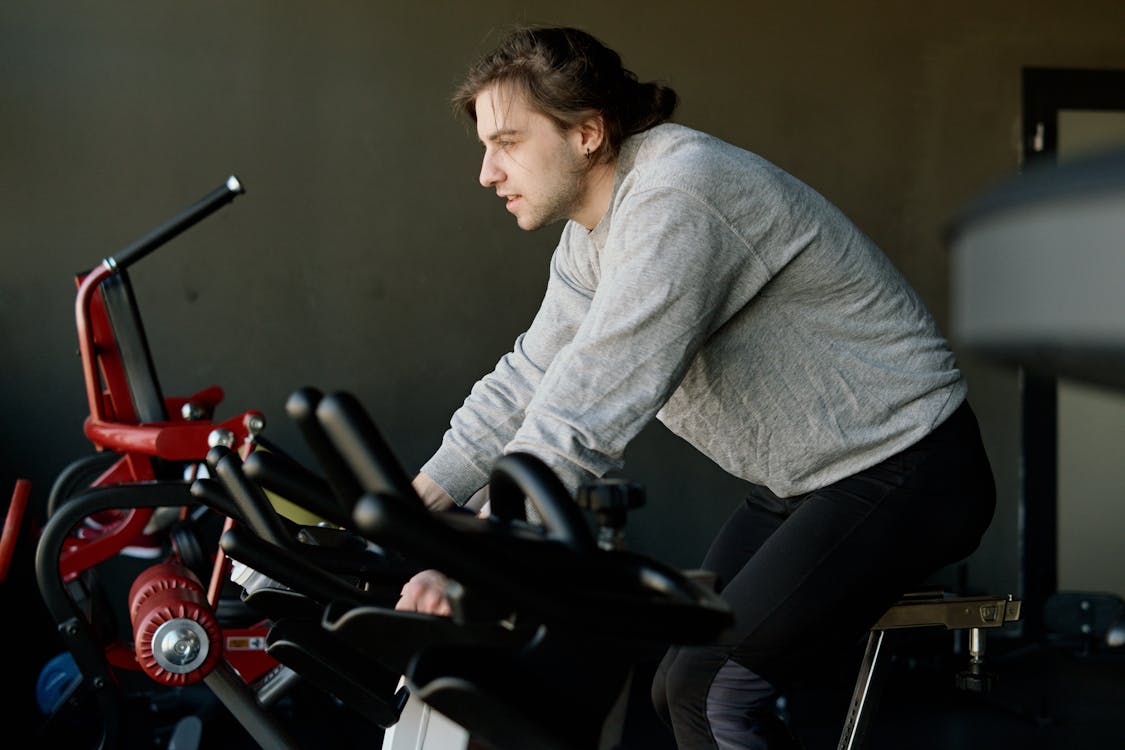
There are a few different ways that you can spot signs of overtraining, mainly physical or psychological. Some signs will show up in your power numbers or a blood test, while others may only be noticeable to your family, friends, or significant other.
Starting in the physical realm, these are some of the signs of overtraining:
- Increased resting heart rate (RHR)
- Significant changes in heart rate variability (HRV)
- Decreased levels of testosterone
- Decreased levels of muscle glycogen
- Poor sleep
- Weight (and primarily muscle) loss
- Chronic fatigue
Remember that correlation does not always equal causation.
Just because you present one or more of these symptoms doesn’t necessarily mean you are overtraining.
For example, elevated heart rate and decreased levels of muscle glycogen can occur during progressive overload, the classic training principle that says we need to push our body past its previous limits in order to improve.
Symptoms
Cycling training is a tricky balancing act, and that’s why we have training plans, coaches, and pre-planned periods of rest.
Overtraining occurs over a long period of time – weeks or months – and does not present itself overnight.
That’s why you need to pay attention to your mental and emotional state just as much as your physical state.
Here are some of the psychological symptoms of overtraining:
- Depression
- Anxiety
- Demotivation
- Mood swings
- Irritability
Again, it’s important to point out that many of us will experience some of these feelings in our everyday life, but they are not necessarily signs of overtraining. In order to get around this problem and identify true symptoms of overtraining, talk with and ask the people around you – training partners, significant other, co-workers, family, etc.
If you feel like you are lacking energy or motivation throughout the day, every day, for more than two weeks, then you are struggling psychologically. Especially if you are unmotivated to ride, these could be symptoms of overtraining.
Overtraining is not easy to spot.
In fact, it can take a team of people to identify overtraining, determine its causes, and create an action plan for recovery. We’ve already looked at the signs of overtraining, so now let’s look at its causes, and what may have to change before you return to training.
What Causes Overtraining?
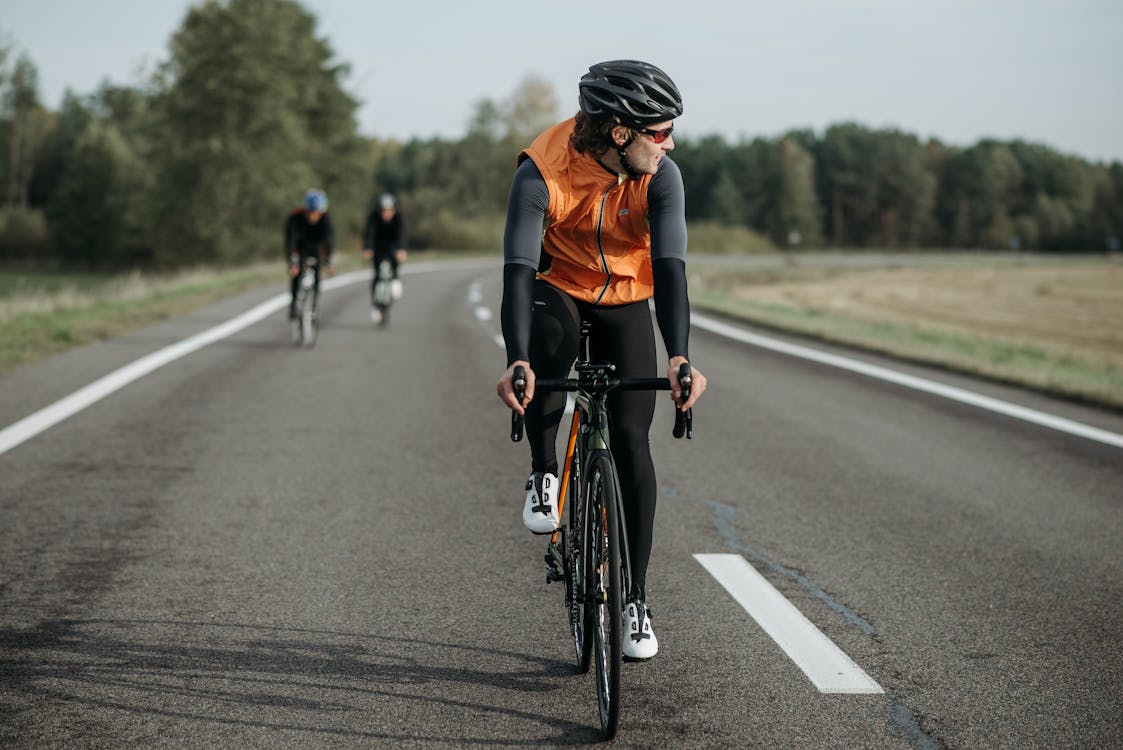
Overtraining syndrome is not caused by training alone, but also inadequate recovery. That’s why professional cyclists can train 3-4x more than most people. Outside of their 3-5 hour training window, they have all day, every day to recover. They have masseuses, chefs, trainers, coaches, and psychologists to aid their recovery every single day.
Most cyclists – probably like you and me – have other jobs, families, responsibilities, and more, on top of our bike training.
Overtraining can come at you from every angle, and I’ve seen riders experience overtraining even though their training hadn’t changed for months.
How is this possible? Perhaps they bought a new house, went through a break-up, started a new job, or experienced another huge life change that has been time-consuming and stressful.
When thinking about overtraining, it’s important to look at your life as a whole, not just the cycling part.
Of course, training alone can be the cause for overtraining, and we’ll dive further into that topic below when we discuss structured training and how to avoid overtraining.
How To Recover
The best recovery modalities are simple: sleep and relaxation. It’s easier said than done, but it’s best to recover from training with your feet up, and good food in your stomach. Late nights, alcohol, and spending hours on your feet are all terrible for your recovery.
Of course, if you have a job where you are on your feet for most of the day, you can’t necessarily avoid that. But just like bike training, you will get used to it, and being on your feet all day will be your ‘normal,’ and not necessarily lead to overtraining.
Other examples of recovery are cold therapy, compression garments or tools (e.g. Normatec recovery boots), stretching, foam rollers, massage guns, and Epsom salt baths.
Related: Best Foam Rollers
Nutrition and hydration are also huge factors in recovery and can play a huge role in overtraining. When you increase your training load, you also need to increase your nutrition and hydration, i.e. eating and drinking more.
If you increase your training load by 25%, but you eat and drink the same amount as previously, you will be under-fueled during your workouts and be putting yourself at risk of overtraining.
In summary, these are the most important recovery tools for cycling:
- Get adequate sleep (8+ hours per night)
- Relax as much as you can outside of training
- Fuel properly using whole foods
- Drink plenty of water
- Experiment with alternative recovery strategies (stretching, foam rolling, massage, compression, etc.)
Those are your daily and weekly recovery protocols, but what about recovering from overtraining?
Overtraining Recovery
It will happen to all of us, whether it’s work stress, lots of racing, or low motivation, we are likely to experience overtraining in our life. But overtraining is not a permanent state – in fact, with the correct protocols set in place, you can return from most overtraining in just a few weeks. Here’s how you do it.
Once you identify that you are overtraining, stop riding your bike. Don’t just back off and do easy spins, take a complete break.
Rest and recover, sleep a lot, and eat good food. Take your time and don’t rush back into it. Sacrificing a couple of weeks of training is well worth saving your relationship with cycling.
After an extended period of rest, hopefully, you are feeling motivated to ride again. Most coaches recommend that even when you feel like you’re ready to go, give it an extra two days.
Returning to training early could put you right back into the overtraining cycle.
The Return To Training
When you return to cycling, take it easy and keep it fun. Do rides with friends, skip the HIIT sessions, and remind yourself why you love to ride a bike. Rip some trails, commute to work, or go for a spin around the neighborhood with your family.
Related: Strength Exercises For Cyclists
During this time, keep track of your metrics – RHR, HRV, weight, etc. – to make sure that your body is responding as well as your mind.
After riding easy for a week or two, and still feeling motivated to train again, try a HIIT session and see how it makes you feel. Give yourself grace, and remember that your fitness won’t be at the same level it was before, but don’t worry, it will come back quicker than you think!
A good rule of thumb is to start out doing half of what your previous normal was. If you experienced overtraining while riding 10 hours per week, start with 5 hours total in your first week back on the bike.
Take it slow, and focus on your mental recovery as much as the physical aspect.
How To Avoid Overtraining
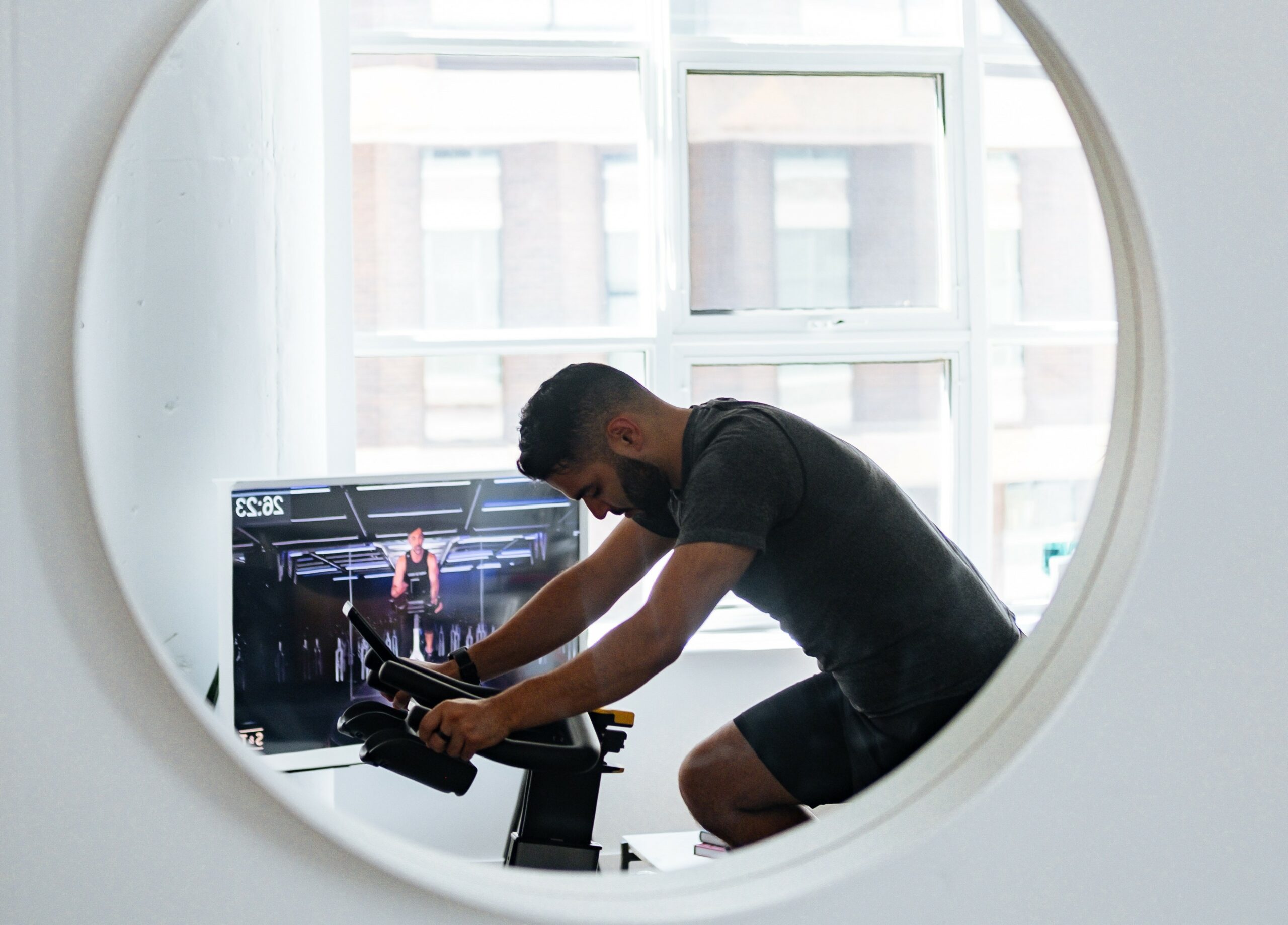
A well-structured training plan is the key to avoiding overtraining.
Cyclists’ training plans should follow a consistent and repeatable structure that simultaneously pushes their limits and allows for adequate recovery.
Many cycling coaches and athletes follow a traditional 3:1 schedule of periodization in their training. That means 3 weeks on, 1 week off. The three weeks are comprised of your ‘normal’ training load, with the fourth week being a rest week.
During your rest week, the training volume is reduced by 30-50%, while maintaining the same amount of intensity.
In other words, you still want to do high-intensity interval training (HIIT) during your rest week, but you want your weekly training volume to be significantly less than normal.
To avoid overtraining, you also want to space out your HIIT sessions by 24-48 hours. This will allow you to achieve maximum recovery between each session, and be able to hit your power targets every time.
If you’re going into a HIIT workout already fatigued, you’re not going to be able to perform at your best, and you’ll only be increasing your fatigue whilst hurting your recovery.
An example training week using this periodized schedule would look something like this:
- Monday: rest day
- Tuesday: HIIT session
- Wednesday: strength-focused intervals in Zone 2 (endurance pace)
- Thursday: Zone 2 session
- Friday: recovery ride (coffee shop spin)
- Saturday: HIIT session
- Sunday: long Z2 session
It is a good rule of thumb to have one rest day per week – that is, one day completely off the bike, no strength training, and no running. You’ll notice that the two HIIT sessions for the week come after either a rest day or recovery ride.
This is to ensure that you are well-rested and fresh for these sessions so that you can hit your peak power numbers.
The Strategy Behind It
You may be surprised that this weekly schedule only includes two HIIT sessions. In fact, research has shown that cyclists improve the most with two HIIT sessions per week, as opposed to 1, 3, or 4 HIIT sessions.
This is also important for long-term improvement and recovery, as this repeatable schedule puts you at low risk for overtraining, and keeps you motivated without feeling overwhelming.
Consecutive HIIT sessions are extremely taxing on the body and can put you at high risk for overtraining. Only professional cyclists can handle 3, 4, or 5 days in a row of HIIT training, and that’s because they’re training for Grand Tours that are three weeks long.
Amateur cyclists needn’t do consecutive HIIT, and should instead prioritize recovery and peak power output during their intervals, rather than stringing together multiple days of HIIT in a row.
In addition to your training plan, you should also monitor your physical metrics, especially during a big training block. Track things like your resting heart rate, heart rate variability, and weight to see if there are any significant changes.
If you’re not sure how to interpret the data, reach out to a coach or doctor, and they can help you determine if you’re on the right track, or putting yourself at risk for overtraining.
Final Thoughts
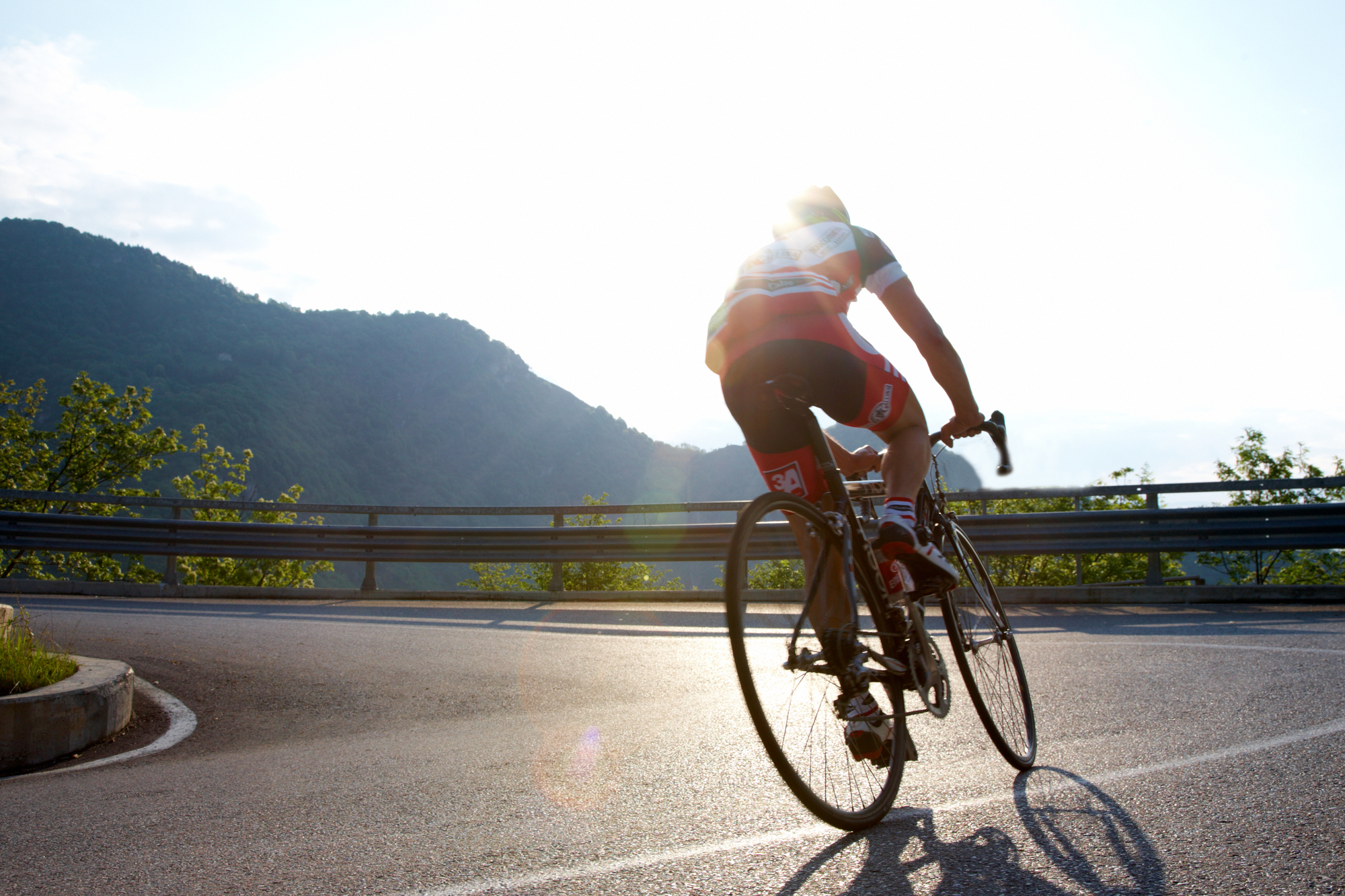
Cycling is a beautiful sport, but it is also one of the toughest.
Suffering is what we cyclists do, and that’s why it’s so hard for many of us to identify overtraining because we’re so used to the pain.
But when training is beginning to negatively affect other parts of your life, and you’re not motivated to ride like you used to be, then it’s time to take a break.
There are numerous signs and symptoms of overtraining, some mental and some physical. It can be hard to spot them, but practice tracking your metrics, and you will begin to see some trends.
If things get thrown out of whack, you know something is wrong. Consult a cycling coach or doctor if you’re not sure how to interpret your metrics, and they will tell you what to look out for.
Everyone can track their resting heart rate, heart rate variability, and weight with some affordable devices and apps, while other markers can be quantified by a simple blood test.
Don’t underestimate the effects of life stress on your cycling. Even if you’ve changed nothing in your training, you can still experience overtraining. And don’t forget to relax and recover. Sleep is the #1 source of recovery, and there are plenty of others such as massage, compression, and cold therapy.
A well-structured training plan will keep you accountable, but also help you build in necessary rest periods that will help you avoid overtraining.
Take a well-earned rest week roughly once a month, focus on two HIIT sessions per week, keep it fun, and you will be setting yourself up for success.
All Cycling Advice Articles

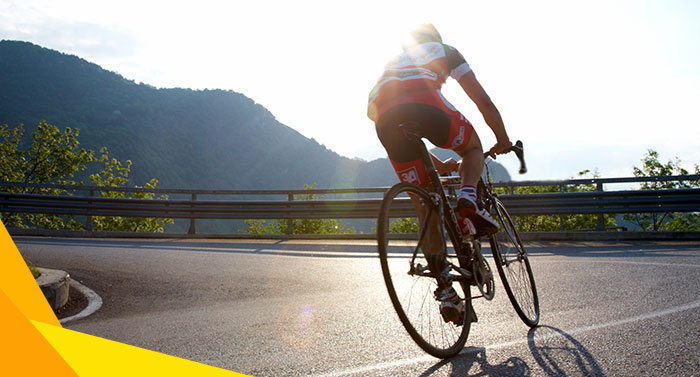
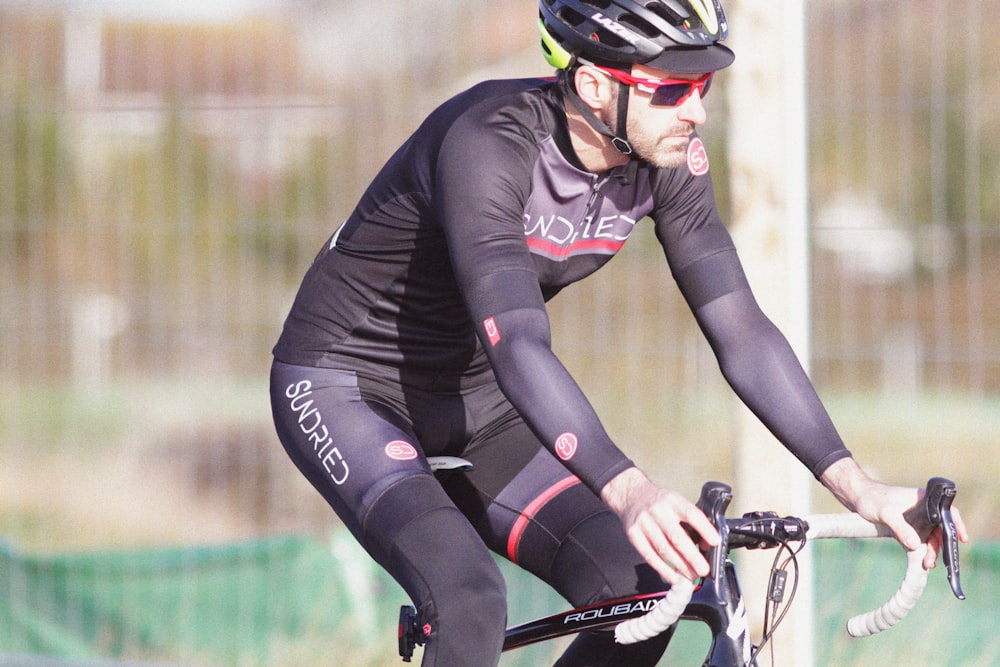
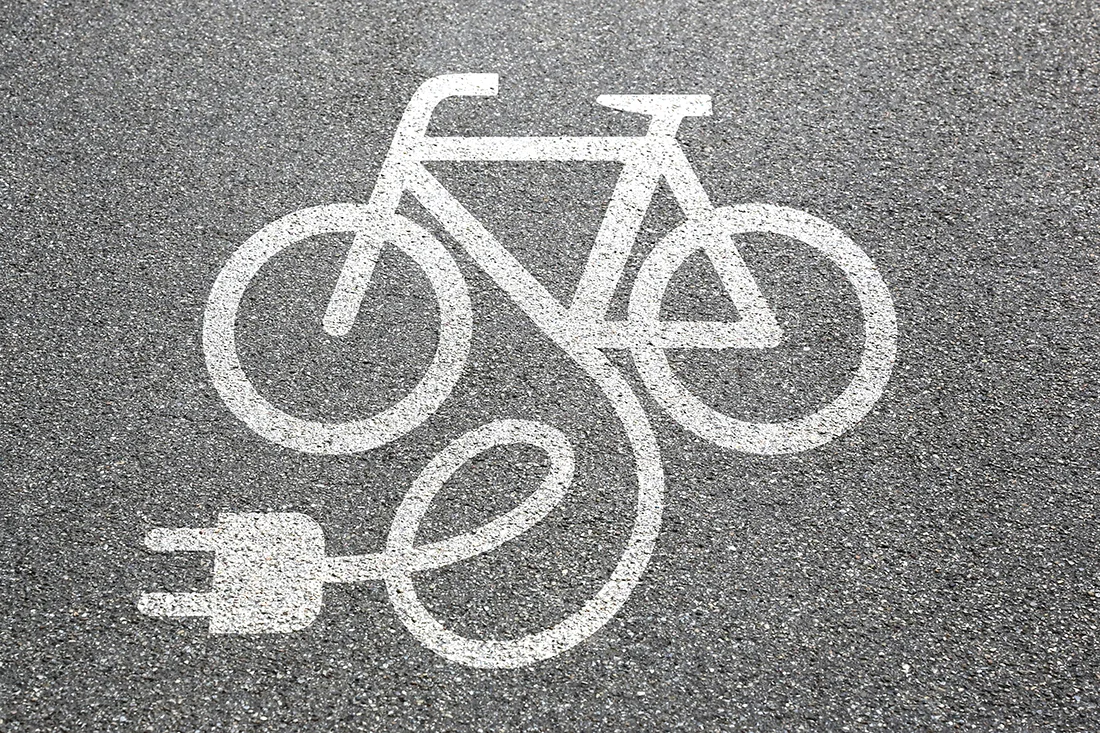
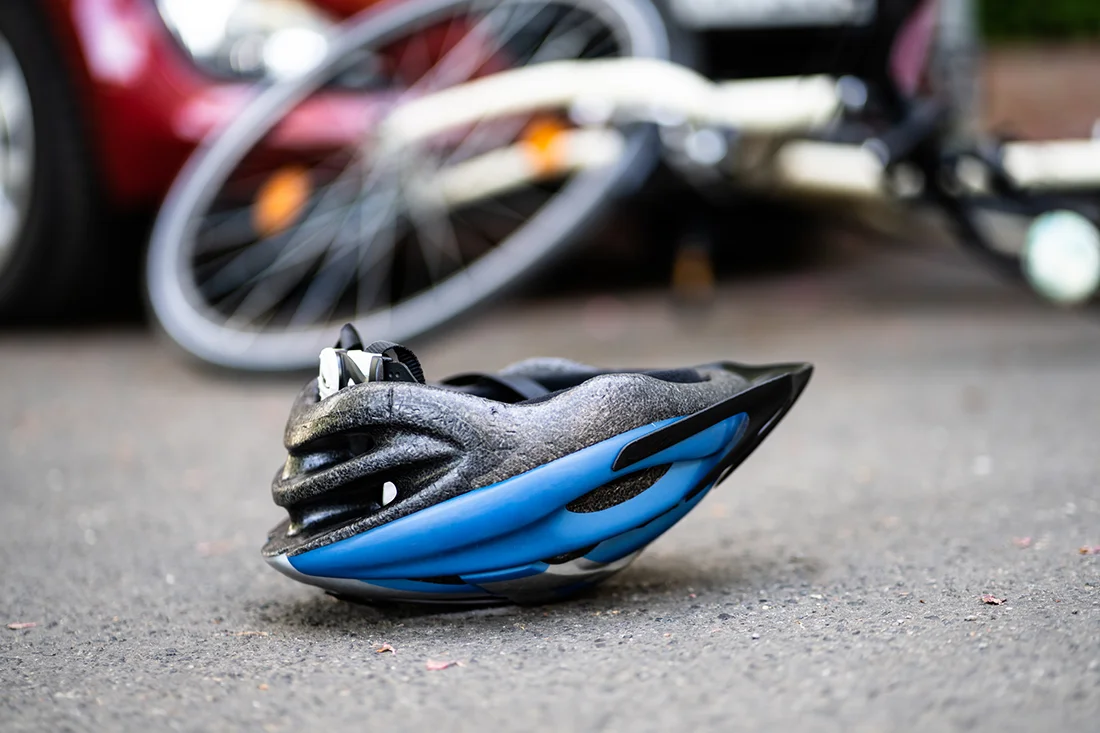

I have been off the bike for nearly 3 months with just a few easy spins. I even gave up weight lifting and am just doing walks most day and light manual labor just household stuff, like 1-2/10 difficulty like fixing things. My legs are still sore unfortunately. I am seeing doctor, got blood work checked, everything is mostly OK if anything my hormones are a bit high (not low) probably as a response to excessive training. Am resting and doing everything for recovery, but the soreness won’t go away after 3 months. Nobody can give me an answer, Is my damage permanent?
Hey Attilio, overtraining is a very real issue, but as far as I know, it is not permanent. I would reach out to a good physio in your area who could provide you with some light recovery exercises and a rehab regimen. Wish you a speedy recovery!